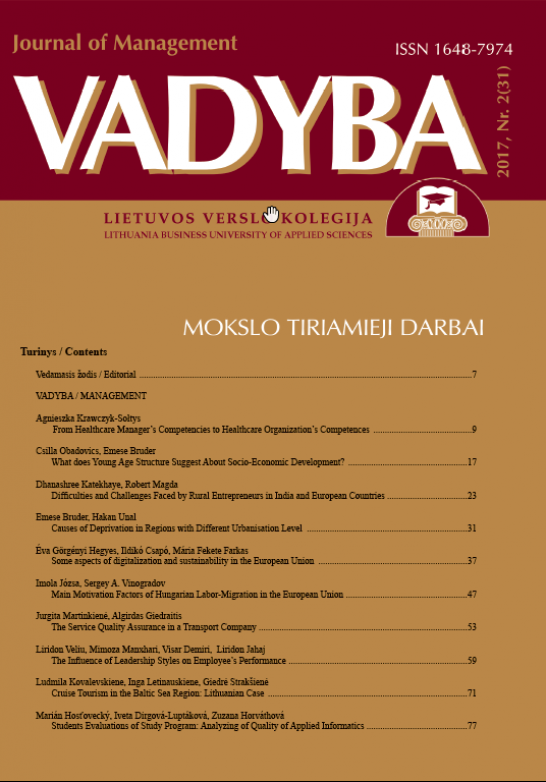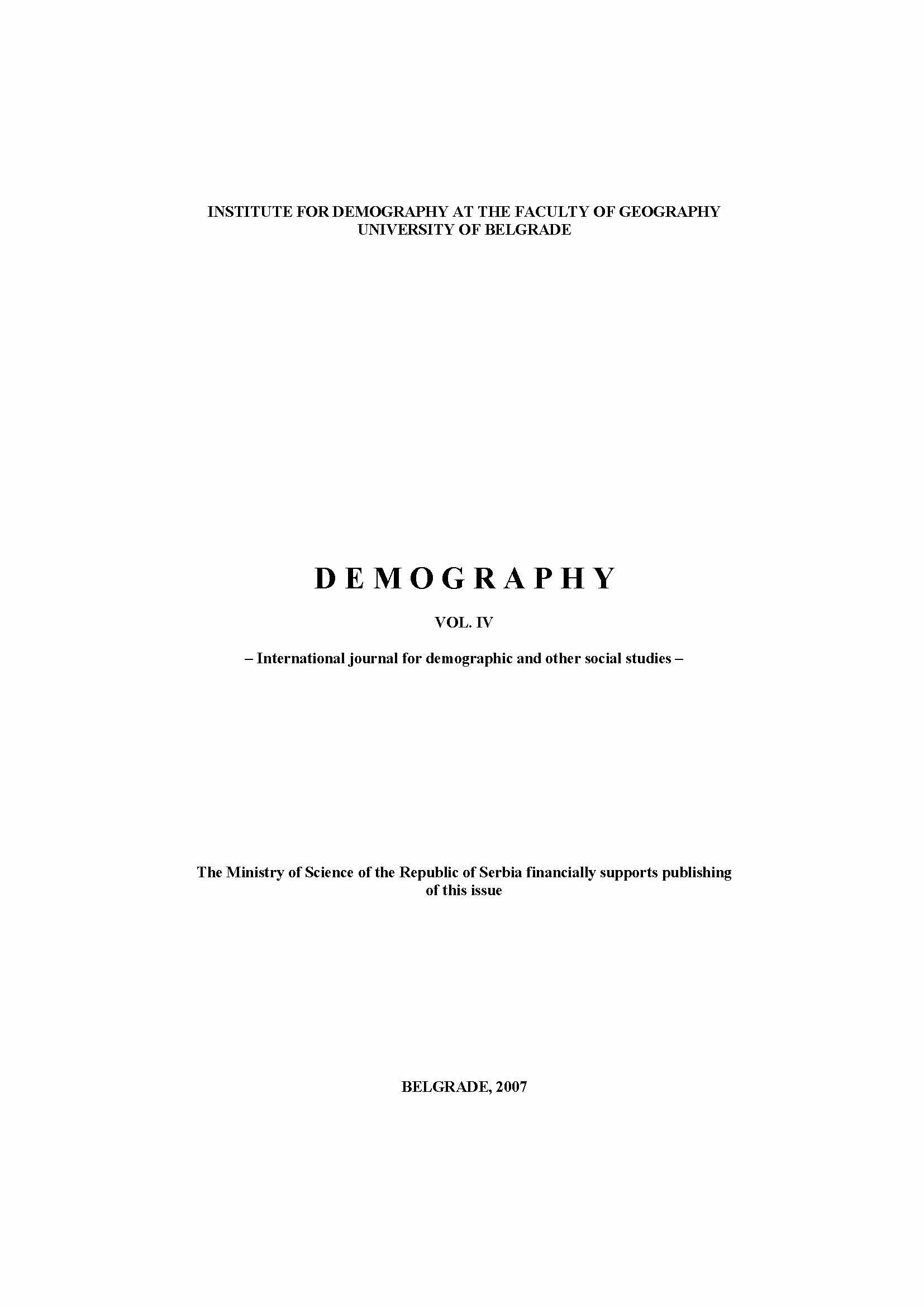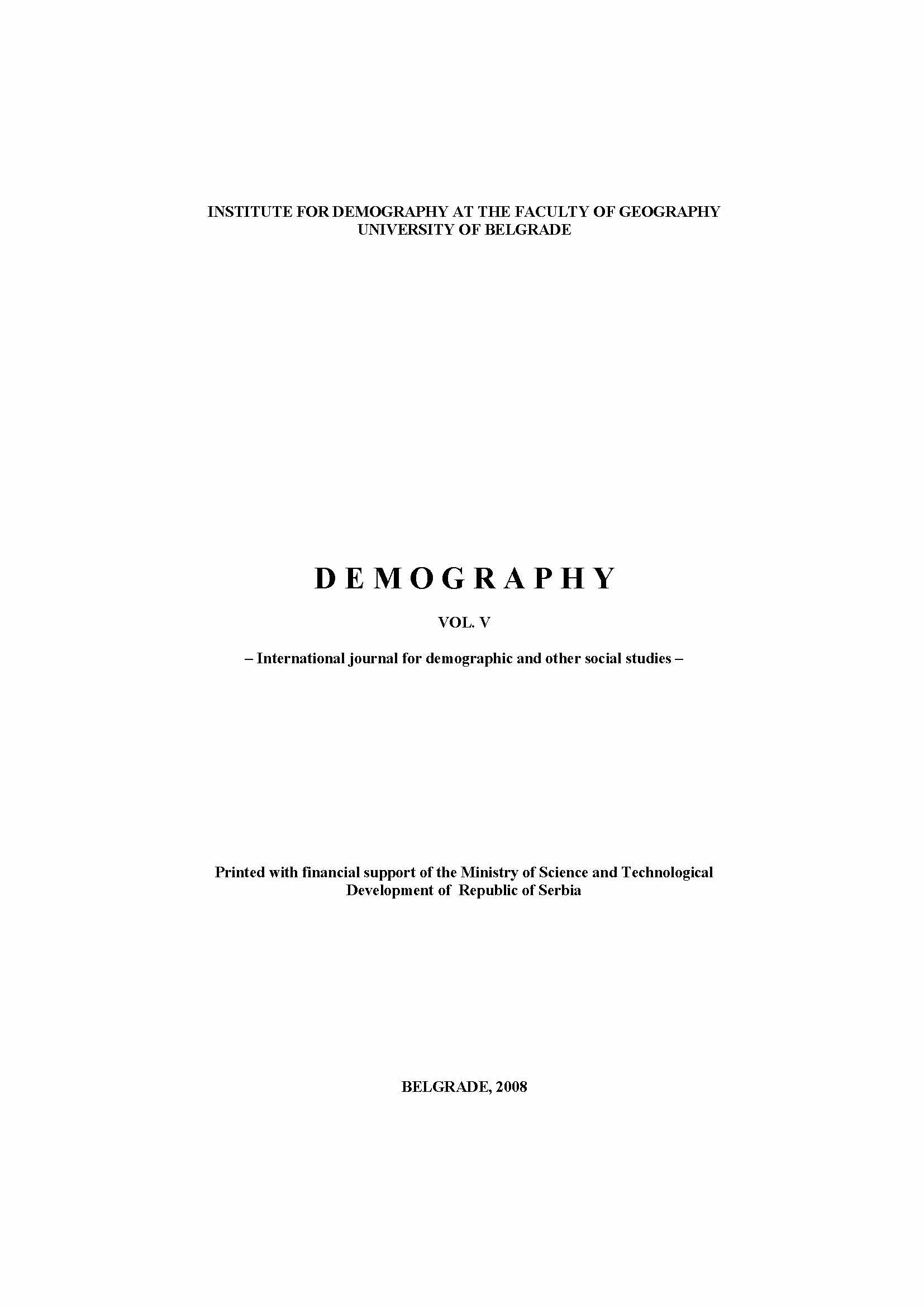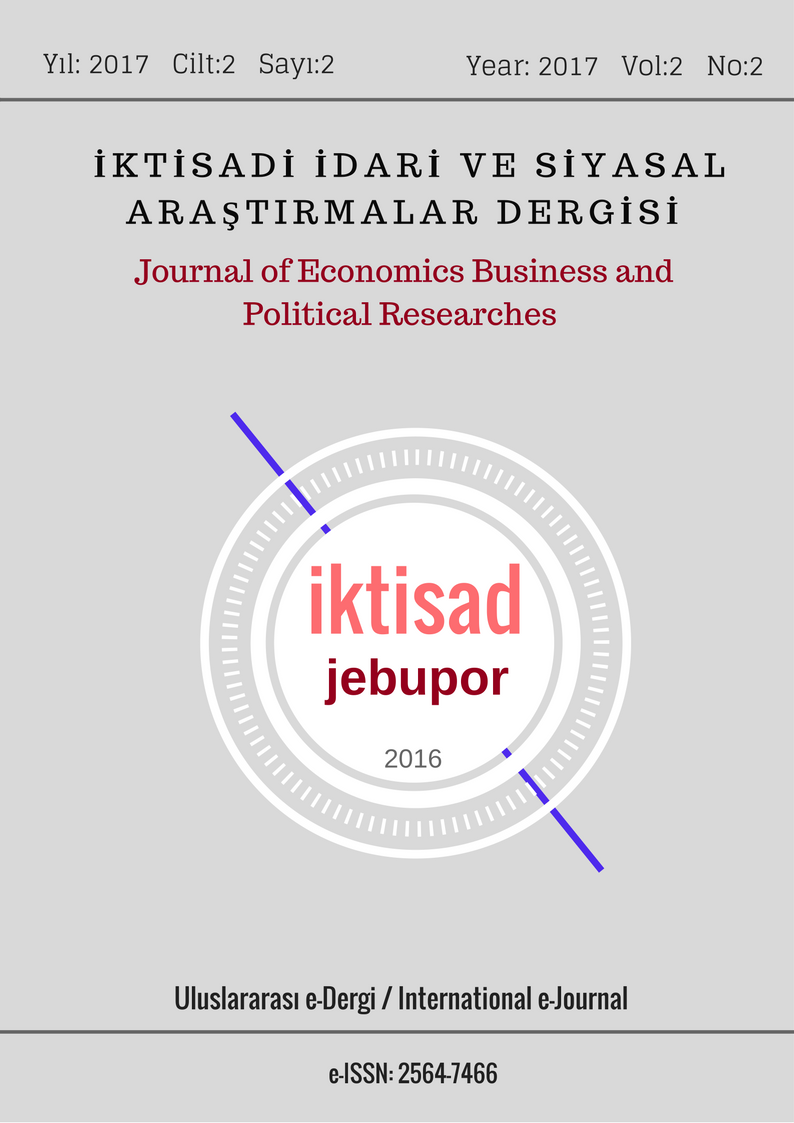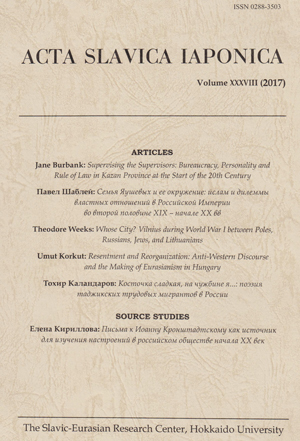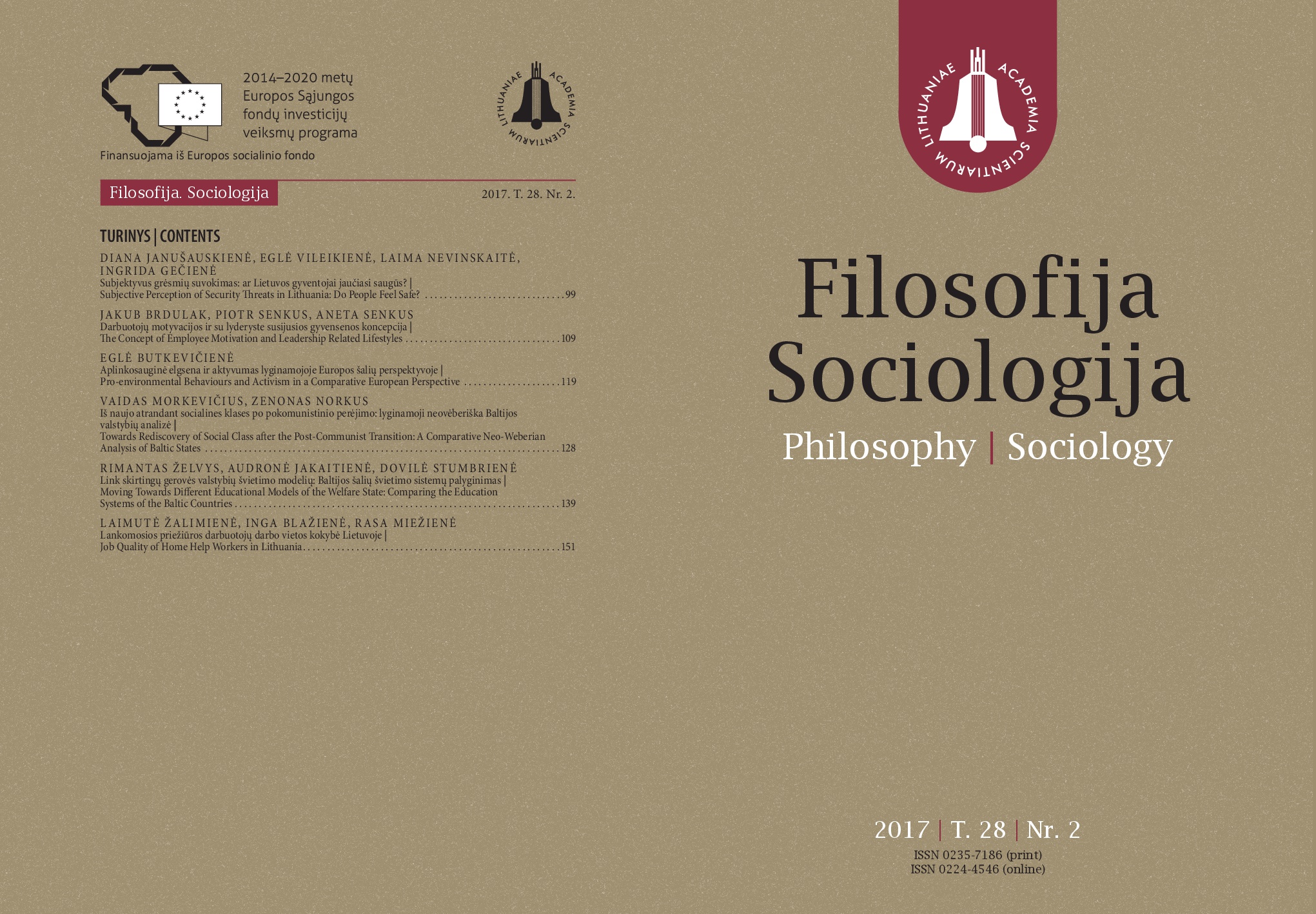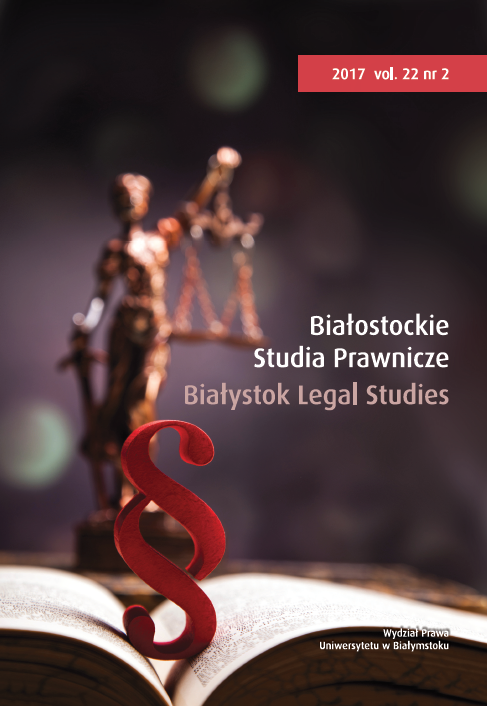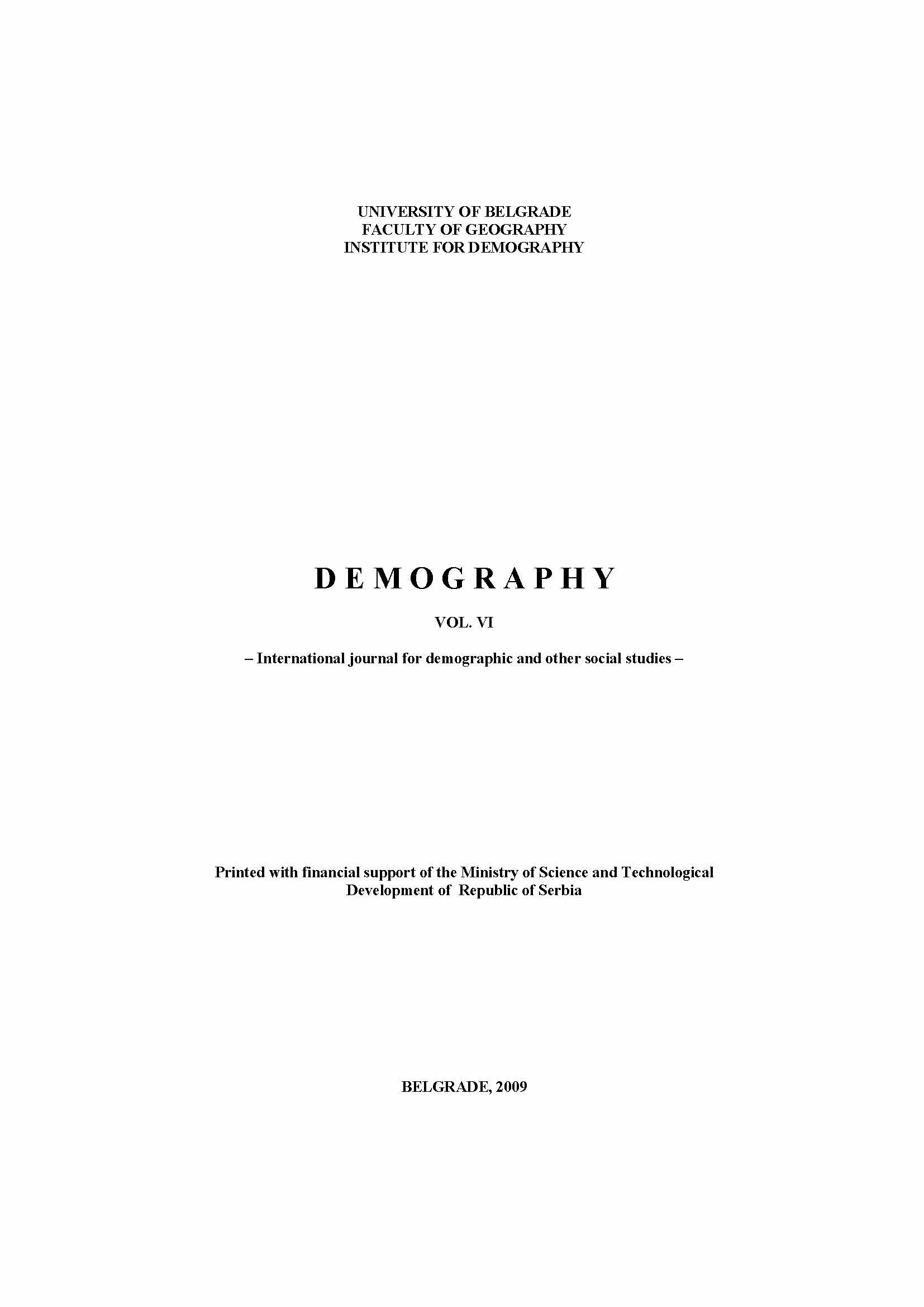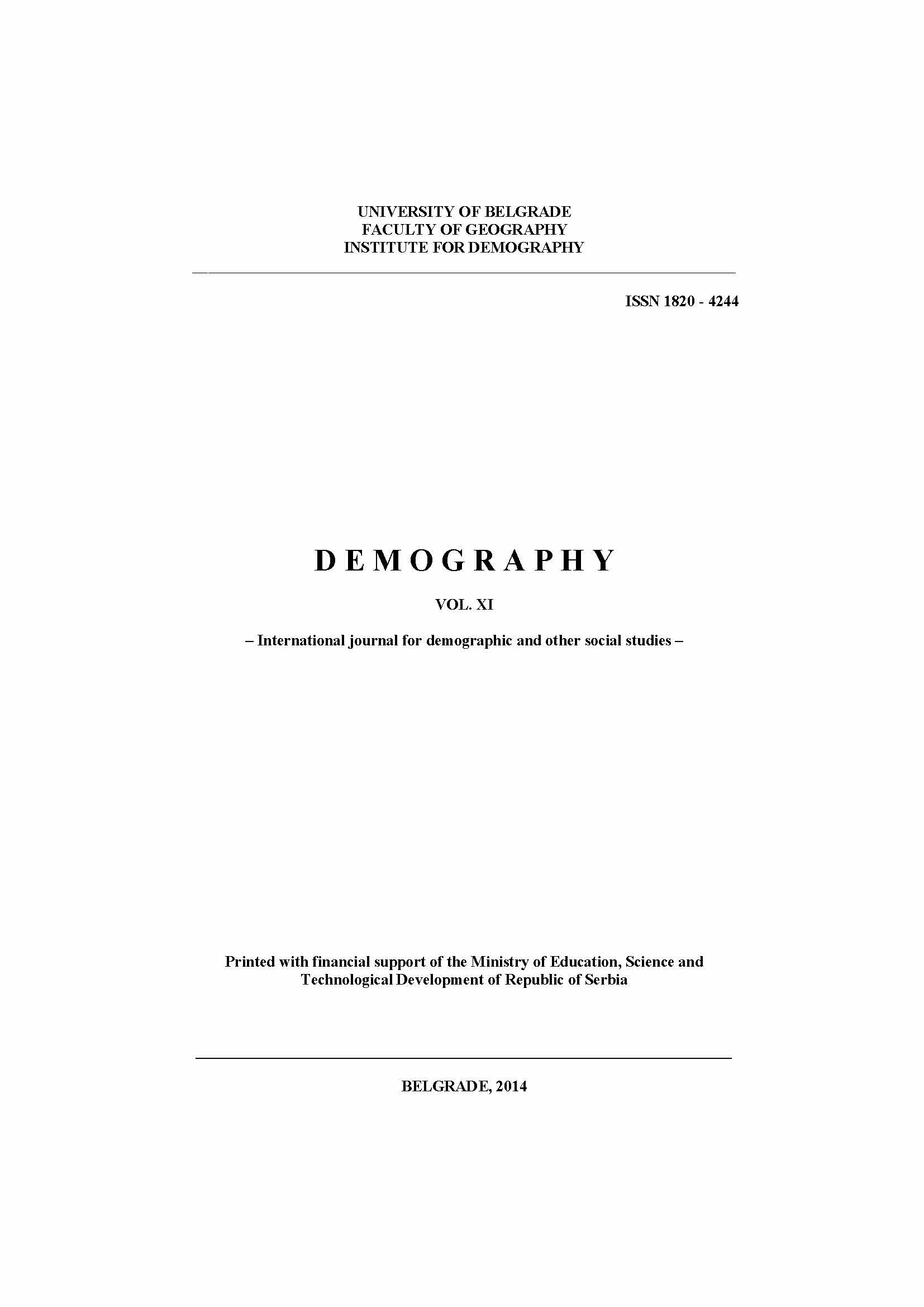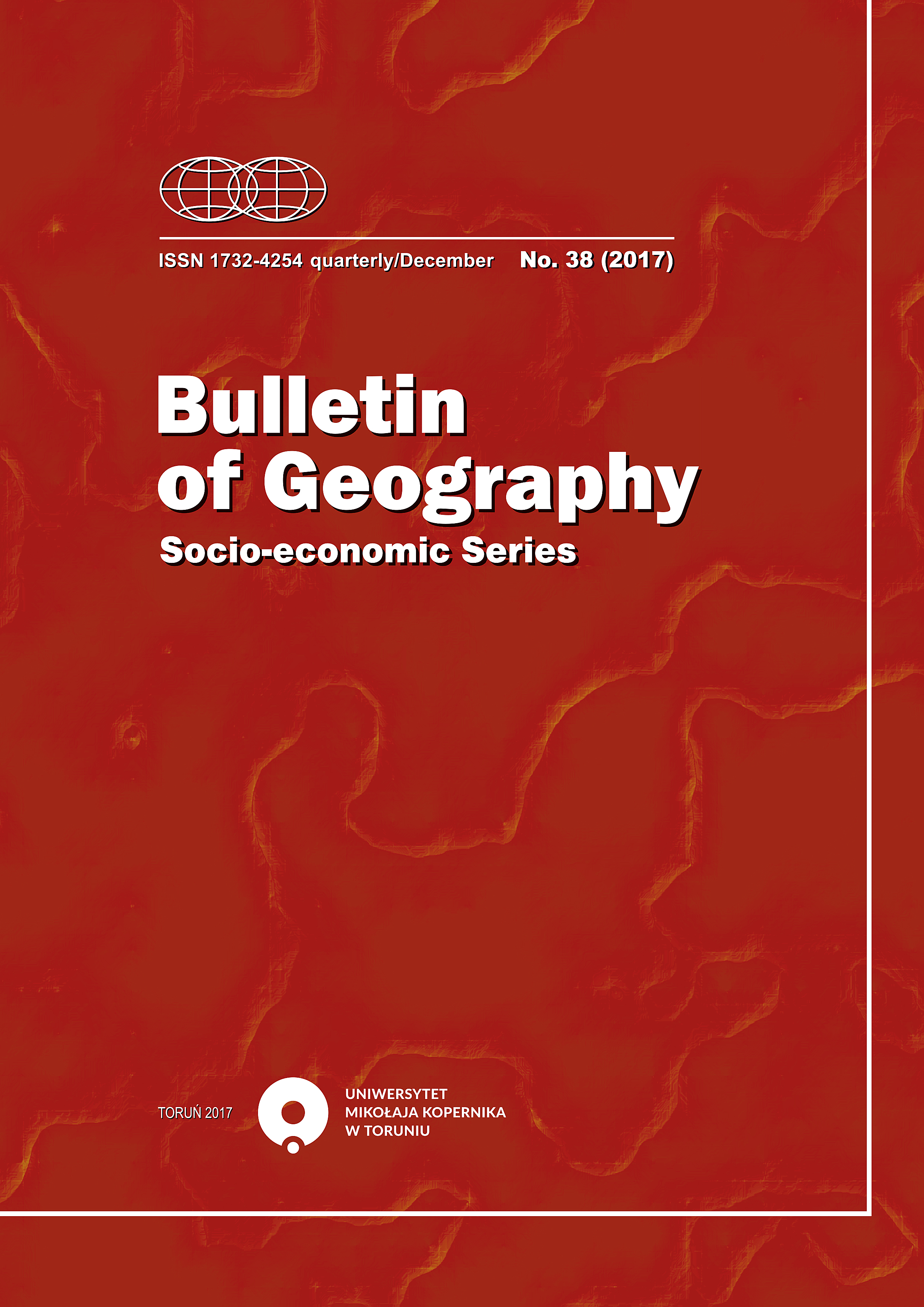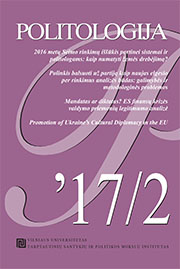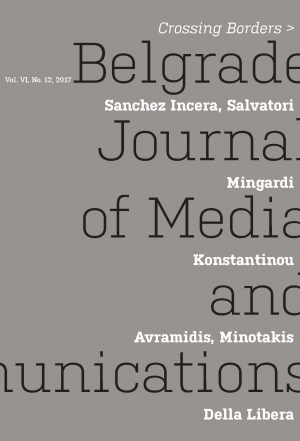Author(s): Ainė Ramonaitė / Language(s): Lithuanian
Issue: 2 (86)/2017
When estimating the effects of party preference, it is common to use party choice as a dependent variable in discrete choice models. A new tool of measuring partisan preferences, the so-called propensity-to-vote (PTV) measure, however, is gaining ground in the studies of electoral behavior. The proponents of PTV claim that this measure provides a better estimate of party utilities than the party choice variable. Moreover, it provides many methodological advantages and research opportunities that are not available using discrete choice models. The most important advantage is the possibility to analyze factors determining the utility of generic party using a stacked data matrix. The purpose of this article is to explore the advantages and methodological issues of this approach, applying a PTV measure for analyzing the data of the Lithuanian National Election Study 2016. The first part of the article presents the theoretical and methodological grounds of the PTV measure. The second part reviews the variances and the degree of overlap of the PTVs of the seven biggest Lithuanian parties in the 2016 parliamentary elections. In the third part, the factors of party preferences are analyzed by running separate regression models on the PTVs of the main parties. Finally, in the last part of the paper, the determinants of the preferences of a generic party are analyzed using the stacked matrix. The analysis reveals surprising differences between the determinants of the preferences of different parties in Lithuania. The models with sociodemographic variables (education, income, occupation, age, ethnicity, living place, religiosity and gender) and the attitude toward the Soviet past explain relatively well the propensities to vote for the Homeland Union – Lithuanian Christian Democrats and for the Polish Electoral Action – the League of Families. The preferences for the other five parties, however, are not accounted for by the sociodemographic variables. The models for all parties improve substantially when the evaluation of the economic situation, the perceived level of corruption, the attitudes on Russia and the evaluation of party leaders are added. Stacking the PTVs of the seven parties to one variable provides an opportunity to measure the determinants of generic party utilities in Lithuania, i.e., the factors determining the choice between the parties rather than factors accounting for the preference for a specific party. The OLS and multilevel models with a stacked matrix demonstrate similar results as the models for separate parties. However, the interpretation of the results is more difficult because of the use of Y-hats to determine (or to control for) the effects of sociodemographic and some other variables. It is only the distance between the respondent and his/her perceived position of parties on the relationship of Lithuania with Russia (measured on the 0–10 scale) that fits well the logic of this kind of analysis. The status of a party (government party versus opposition party), which was included as macro level variable, had substantive and statistically significant effect in the OLS regression model, but failed to reach statistical significance in the cross-classified multilevel model. In general, a PTV measure proved to be a useful and theoretically-sound tool for measuring party preferences. First, it reveals the overlap of party preferences among voters and shows the competitiveness of a party system. Second, it allows the analysis of party preferences of non-voters and voters of small parties. Third, it provides much more information on party preferences of a voter than an ipsative party choice variable, and this information might be of special interest for the analysis of an unstable electorate of new democracies. However, the idea to use a PTV measure to analyze the support for generic party appears to be somewhat controversial. The analysis suggests that this approach only provides meaningful results for variables that are measured directly for a respondent*party combination used in stacked matrix. Moreover, the comparison of different models demonstrates that if party level variables are to be included in the model, the PTVs of a generic party should be modelled using a cross-classified, multilevel model, rather than an OLS regression.
More...
